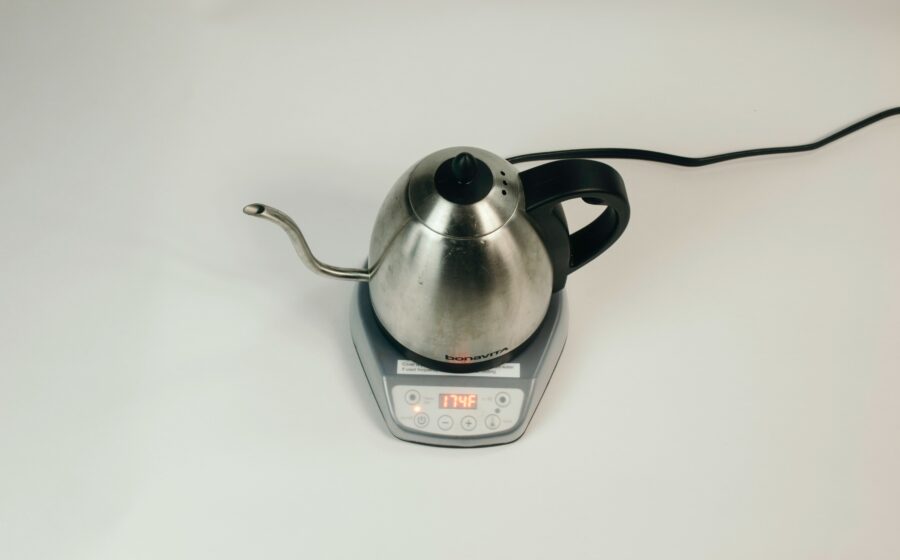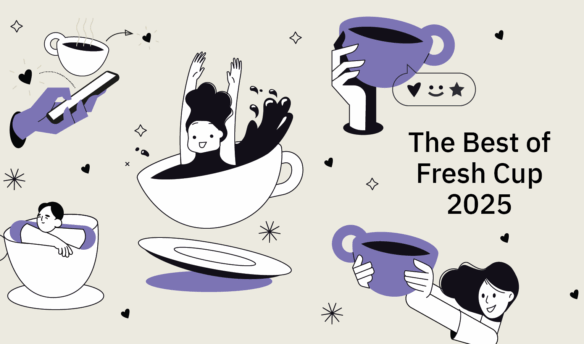✉️ This story was featured in this week’s Coffee News Club
👋 Get the Coffee News Club newsletter in your inbox weekly—sign up.
One of the regular beats here at the Coffee News Club is following stories about climate change. Coffee is especially susceptible to harm and quality degradation based on fluctuating weather patterns, and scientists worldwide are exploring all kinds of solutions to keep coffee production viable in the future.
Some scientists are breeding new, weather-resilient hybrid varieties; some are experimenting with hardier species that can withstand temperature and climate changes; and others are investigating ways to repurpose coffee waste.
But what if we just used less coffee? For a group of researchers at the University of Pennsylvania, their focus is on getting more out of your beans and reducing the amount of coffee you need to make a delicious pour over.
A new study published in Physics of Fluids showed that how water is poured during brewing can help extract more flavor from less coffee. The researchers isolated two critical elements: height and speed. Pouring water from a higher height encourages the coffee grounds to mix more thoroughly. Meanwhile, slowing down the pour maximizes contact time between water and grounds.
Co-author Dr. Arnold Mathijssen noted that keeping a steady flow is essential. “If you pour too slowly, or if you go too high, then the jet tends to break up into these smaller droplets, and that’s what you want to avoid as well,” Mathijssen told Nicola Davis of The Guardian.
Experimenting with the pouring technique—trying different heights and speeds—allows for increased extraction from fewer grounds. “Instead of increasing the amount of beans, the sensory profile and the strength of the beverage can be adjusted by varying the flow rate and the pour height,” the authors wrote. “In this way, the extraction efficiency could be better controlled to help alleviate the demand on coffee beans worldwide.”









